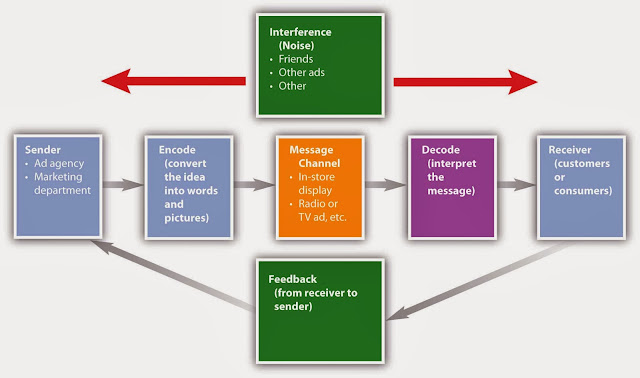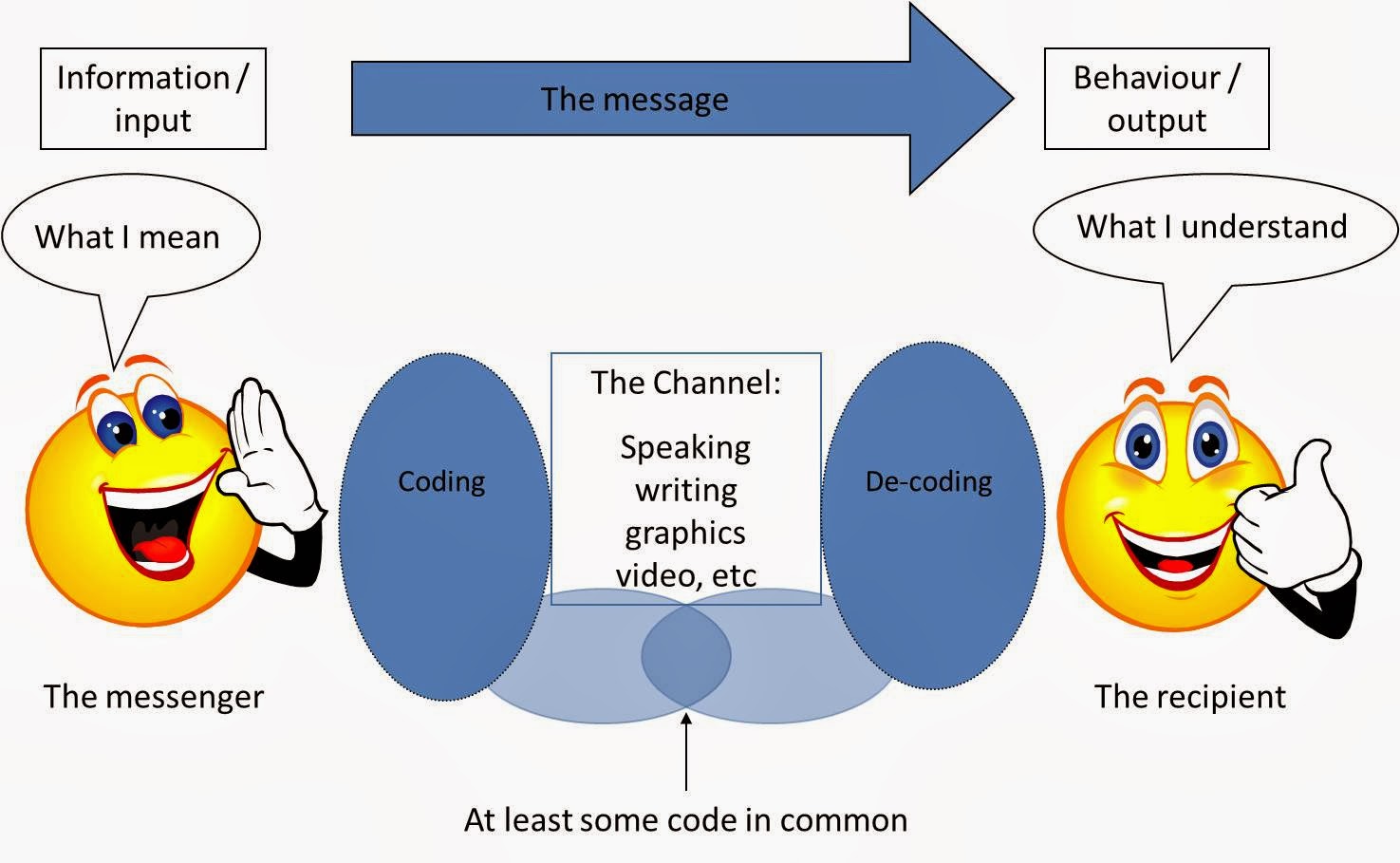Components of Communication
Source
Source is the originator of the
message. It can be a person or persons who want to communicate the message to
another person or a group of people. Source can be an individual speaker
addressing a group, a child asking for ice-cream, the couple sending an
invitation cards for their anniversary, a person writing a letter, etc.
Message
The Message is the idea, thought,
or feeling that the source wants to communicate. This message is encoded into
verbal and nonverbal symbols that will most likely be understood by the
receiver.
Receiver
The receiver is the recipient of
the message. The receiver can be an individual or a group of people. Once the
receiver hears the words and receives the nonverbal cues from the sender, she
must interpret or decode them if communication is to occur.
Encoding
Once the source has decided on a
message to communicate, he must encode or convert that idea, thought or feeling
into verbal and nonverbal symbols that will be most effectively understood by
the receiver. This encoding process is very creative as there are unlimited
ways for the source to encode the ideas or feelings into words and behaviours.
And as there are countless ways to encode the message, each one would be
received and interpreted by the recipient in a slightly different way.
Let’s take an example of a simple
expression – “I want to see you again.”
1] Simply say, “I want to see you
again.” with smile while saying.
2] Say, “Let’s get together
again.” with humorous glance.
3] Write on a paper napkin, “We
need more meetings.”
Channel
A channel is the medium by which
the message is communicated. The source can utilize the channels of sight,
sound, touch, smell and taste. If we want to communicate emotions, we utilize a
variety of channels or combination of channels. E.g. We can say, “I like you”
[sound]. We can give a hug [touch]. We can wink an eye [sight]. We can send
chocolates [taste]. Or we can deliver a dozen roses [smell]. We can creatively
select the channels of communication to communicate our message productively.
Decoding
Decoding is the process of making
sense out of the received message. The receiver must decipher the language and
behaviour sent by the source so that the meaning can be obtained. After
decoding the message, the receiver [now the source] can encode a return message
and send it back to the other person.
Context
All the communication occurs
within a certain context. The context is made of the physical surroundings, the
occasion, the time, the number of people present, noise level, etc. These
factors affect the encoding and decoding of messages. The context plays an
important role in the communication process. CHOOSE IT CAREFULLY.



We had training for the same topic in our company.
ReplyDelete